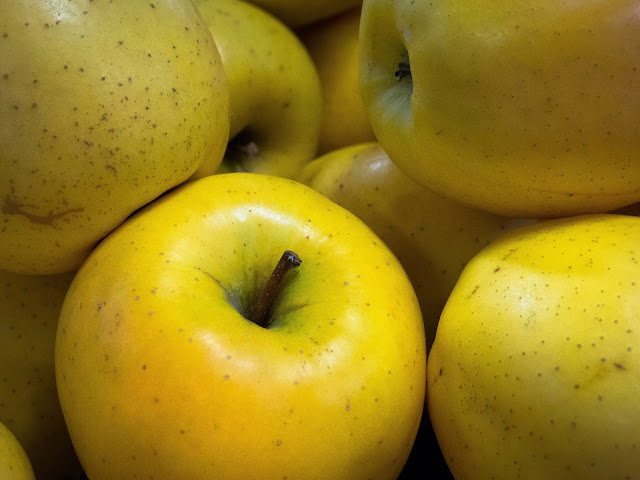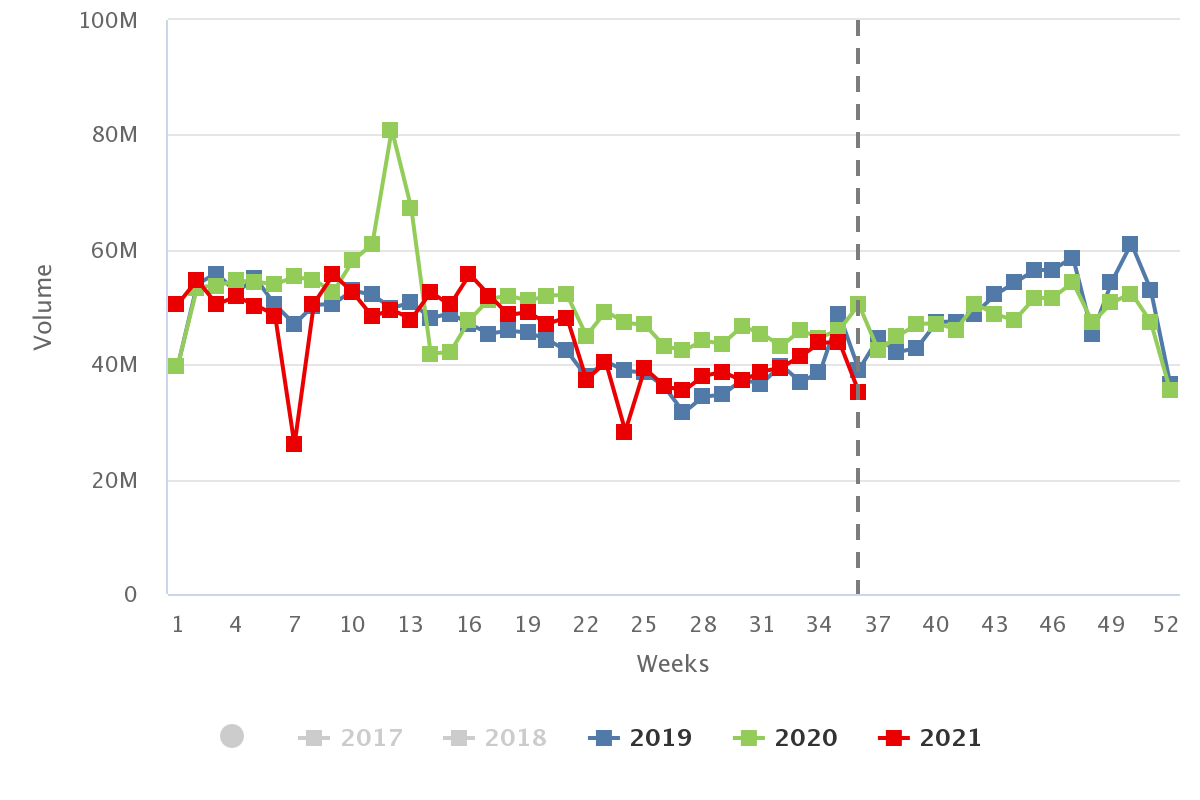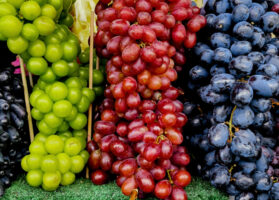Washington apple production remains strong despite heat, labor shortage

Overview of the Washington apple season by Chuck Zeutenhorst of FirstFruits Marketing, complemented by charts from Agronometrics. Original published on September 14, 2021.
Source: USDA Market News via Agronometrics.
(Agronometrics users can view this chart with live updates here)
“As an industry we’re very used to handling heat,” he continued. “It’s very normal for us to have temperatures over 100 degrees, but generally we get that heat in August. We don’t generally see that significantly in July and certainly almost never in June.”
“For the last three weeks or so we’ve seen just terrific weather for not only growing fruit larger but also to create really good color in all the varieties. So we’ve actually seen a complete turnaround in the last three weeks. It’s been great,” he said.
The early heat wave is contributing to higher cullage rates in some of the earlier picked varieties, which is when the apples aren’t considered fresh enough for consumers due to condition or grade defect, but Zeutenhorst is confident that because the weather patterns have made a favorable shift, that cullage rates may drop in some varieties as well.
“We’ve seen some situations with higher cullage rates in Gala. I don’t think we’re going to see it in varieties like Red Granny, Fuji, Pink Lady, that type of thing, but we do feel like some of the earlier maturing varieties like Gala, Golden, Honeycrisp, and some of those varieties, that we’ll see some greater fruit diversion from fresh because of what we experienced in heat earlier in the year.”
Zeutenhorst is also concerned about having enough labor to get the apple crop harvested. “Labor is always an issue for us and has become a huge issue across the country, obviously, during harvest periods, here we have a need for a huge influx of additional labor and I think one of our biggest concerns is if we’re able to get the entire regions crop harvested timely, that remains to be seen.”
The News in Charts is a collection of stories from the industry complemented by charts from Agronometrics to help better tell their story.
Access the original article with this (Link)







